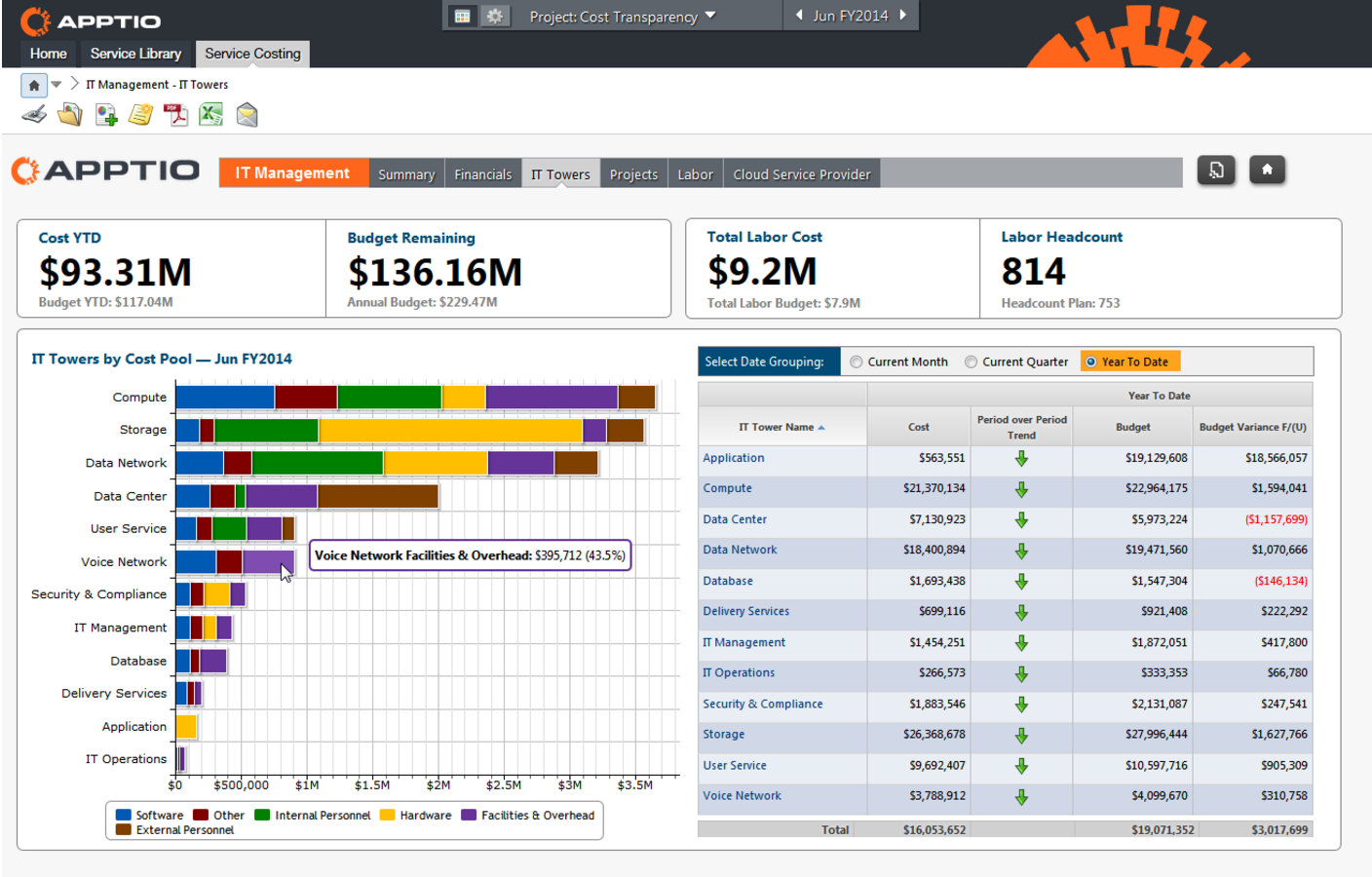Successful app rat analysis distinguishes between an application’s name and its business value. For example, Trello is a SaaS-based project management software. An app rat initiative must define its business value (“With Trello, we project manage contractors that deliver 30% savings on labor vs a full-time employee.”). This value assessment makes it easier to evaluate redundant capabilities in similar applications (“We have Trello, but we also have surpluses licenses for Wrike and Nutcache. Let’s agree on one standard and retire the others.”).
Redundant capabilities with a sound business case are not candidates for rationalization. For example, uptime availability affects organizations with a workforce spanning multiple time zones. Evening hours in North America are early morning hours in Australia; late afternoon in Japan is night time in France. If all app servers for an organization are rationalized to one location, I&O has a maintenance window falling into at least one region’s core business hours. In this case, there may be a business need for redundant capabilities.

